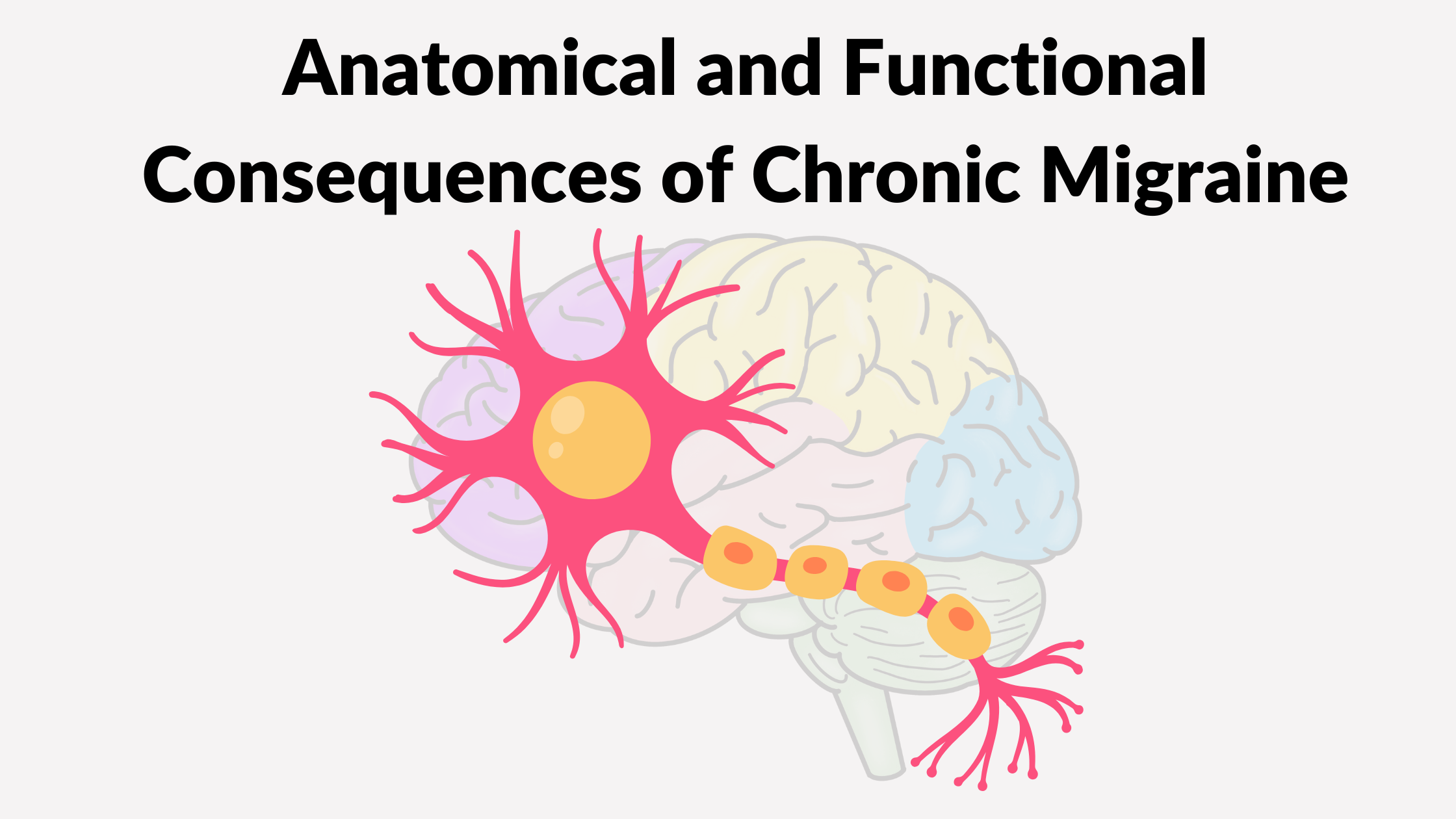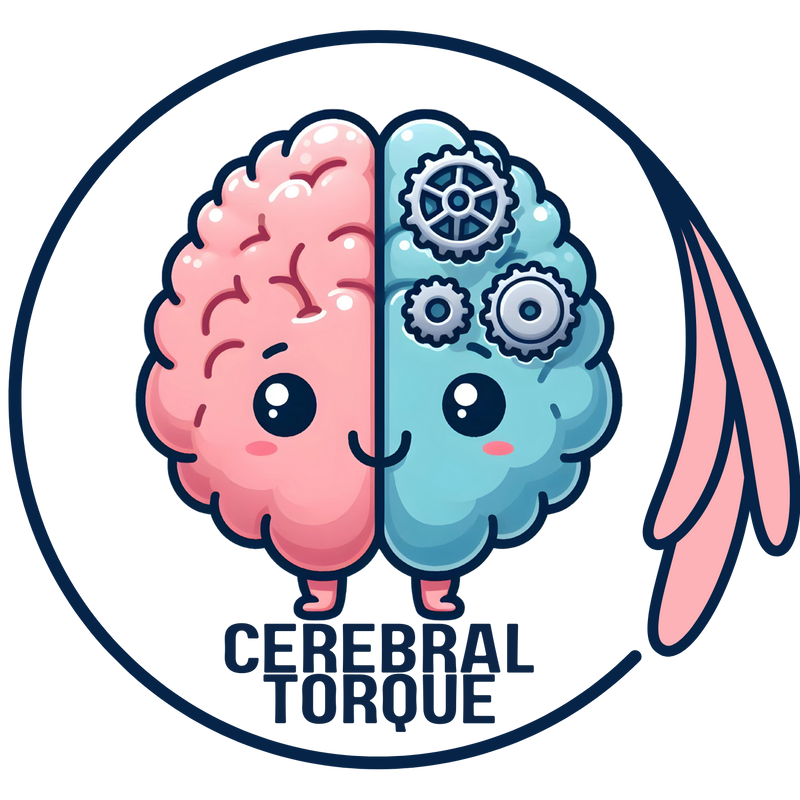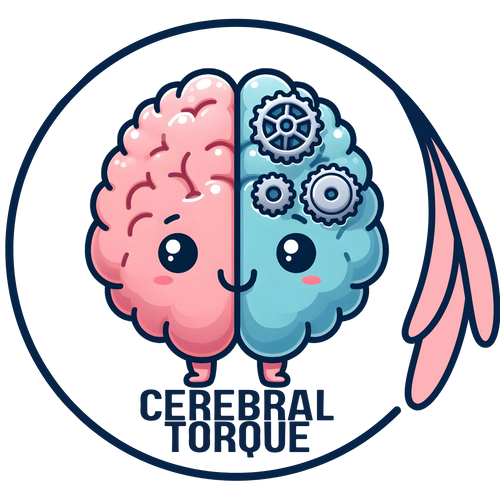Anatomical and Functional Consequences of Chronic Migraine
Posted on December 16 2023,

For many people with migraine, their migraine is episodic. Not seeing a neurologist or a headache specialist and following the appropriate treatment plan may result in episodic migraine becoming chronic.
The change from episodic migraine to chronic migraine occurs when headache occurs on 15 or more days/month for more than 3 months, which, on at least 8 days/month, has the features of migraine headache. This chronification occurs in 2.5% of migraine patients every year, while reversion back to episodic from chronic migraine occurs much less frequently.
https://pubmed.ncbi.nlm.nih.gov/31563224/
The goal is to avoid the level of disability that comes with chronic migraine by attempting to avoid transformation of episodic to chronic migraine. Moreover, not appropriately treating migraine results in neurological and, possibly, structural changes.
For example, this study demonstrates that cutaneous allodynia occurs more frequently in people with chronic migraine versus episodic migraine:
https://pubmed.ncbi.nlm.nih.gov/24527745/
Cutaneous allodynia refers to the experience of pain from a non-noxious stimulus that typically does not provoke pain. For example, people with cutaneous allodynia may perceive pain from something as benign as combing their hair – a stimulus that normally does not cause pain. The findings suggest that people with chronic migraine are more susceptible to central sensitization in the nervous system, causing previously non-painful stimuli to trigger painful responses.
An increase in nausea was also found to be more common in chronic migraine patients versus episodic migraine, further adding to their disability:
https://pubmed.ncbi.nlm.nih.gov/25250833/
Photophobia and phonophobia have also been linked to the development of chronic migraine and that is linked to trigeminal hypersensitivity:
https://www.mdpi.com/2076-3417/11/6/2474
Studies also show changes in the hypothalamus in chronic migraine patients as opposed to episodic migraine patients:
https://pubmed.ncbi.nlm.nih.gov/28446645/
As the frequency of migraine flares increase, which is the defining criteria of episodic versus chronic, some regions demonstrated heightened activation – including areas involved in pain reception, sensory processing, and autonomic regulation – while other regions important for executive function and emotion processing showed decreased coordination between neural networks:
https://pubmed.ncbi.nlm.nih.gov/20347878/
https://pubmed.ncbi.nlm.nih.gov/22162064/
Changes in brain volume also occur as migraine flares increase in frequency and the disease increases in duration. The areas in blue show where brain volume increases, and the areas in red show a decrease in volume:
- Increase in volume in areas like the basal ganglia, right hippocampus, orbitofrontal cortex
- Decrease in volume in areas like the brainstem, cerebellum, occipital cortex, anterior cingulate cortex


There is also accumulation of iron in the periaqueductal gray matter, which can potentially be used as a biomarker for chronic migraine:
https://pubmed.ncbi.nlm.nih.gov/30709968/
White matter lesions may also be seen on MRI in migraine patients. In this study, it was found that higher flare frequency and longer disease duration was positively correlated with white matter lesions:
https://www.ncbi.nlm.nih.gov/pmc/articles/PMC3241741/
Besides the neurological and anatomical changes, migraine disease also comes with comorbidities:
https://thejournalofheadacheandpain.biomedcentral.com/articles/10.1186/s10194-020-1084-y

Increased central sensitization and activation of the trigeminovascular pathway due to migraine has roles in the pathogenesis of other pain syndromes as well. Frequent migraine attacks result in ongoing inflammation and activation of certain nerve fibers in the trigeminal system. This results in release of more CGRP and other neuropeptides that promote inflammation and sensitization of trigeminal nerves. This sensitization leads to changes in pain processing networks in the brain, which in turn leads to migraine chronification and other comorbidities.

It is important to stop this process, and hacks and misinformation do not accomplish that. It’s vital to try and prevent disability when possible.
Wed, Dec 17, 25
Migraine Management During Pregnancy, Breastfeeding, and Pregnancy Planning
This guide provides comprehensive, evidence-based recommendations for migraine management throughout the reproductive journey.
Read MoreMon, Nov 17, 25
Migraine Research - During the week of my absence.
Migraine Research - During the week of my absence. The Association Between Insomnia and Migraine Disability and Quality of Life This study examined how insomnia severity relates to migraine disability...
Read MoreSat, Nov 01, 25
Anti-CGRP Monoclonal Antibody Migraine Treatment: Super-Responders and Absolute Responders and When to Expect Results
Anti-CGRP monoclonal antibodies achieved 70% super-response and 23% complete migraine freedom in a one-year study. Most dramatic improvements occurred after 6 months of treatment. For patients with chronic or high-frequency...
Read More


